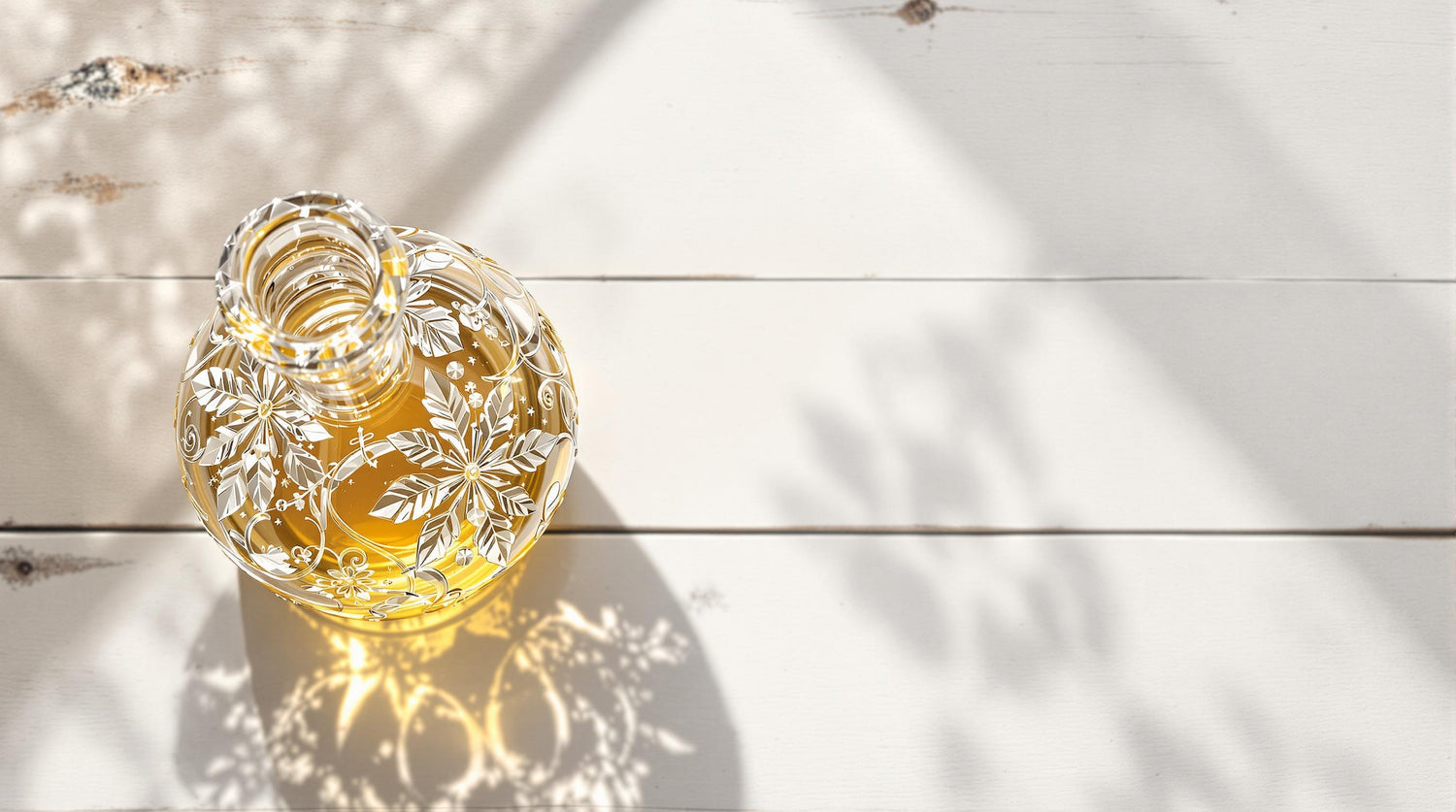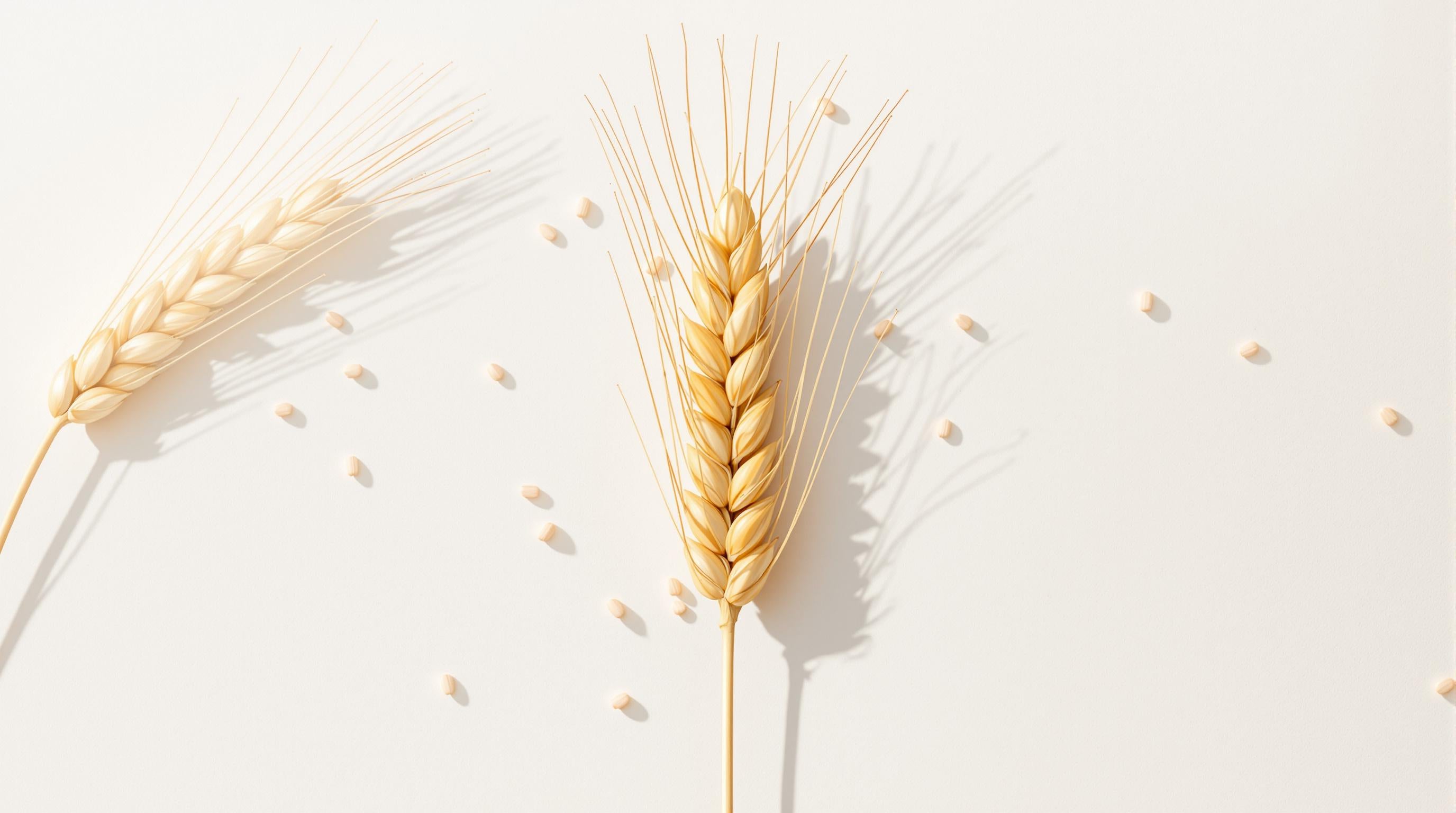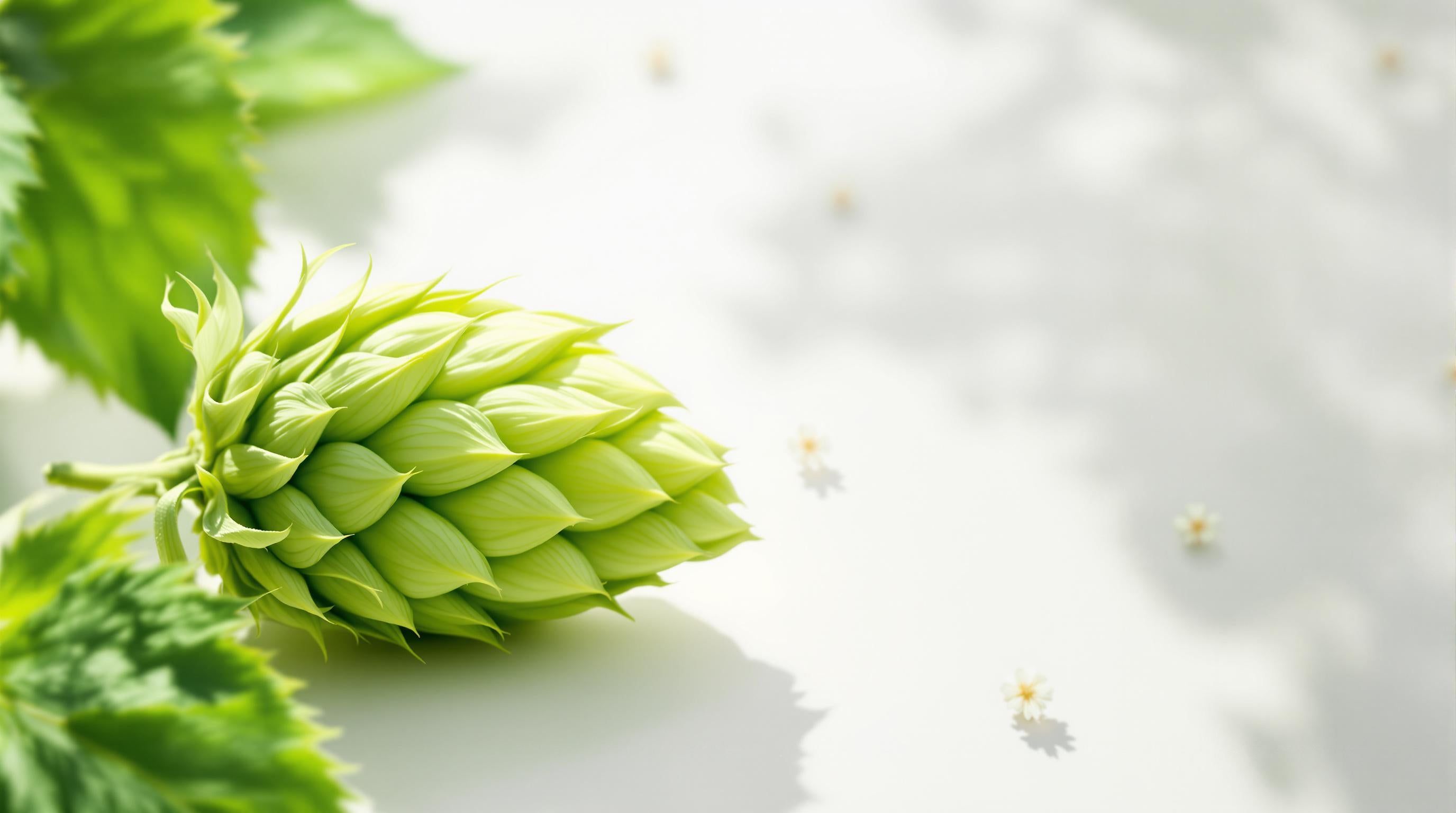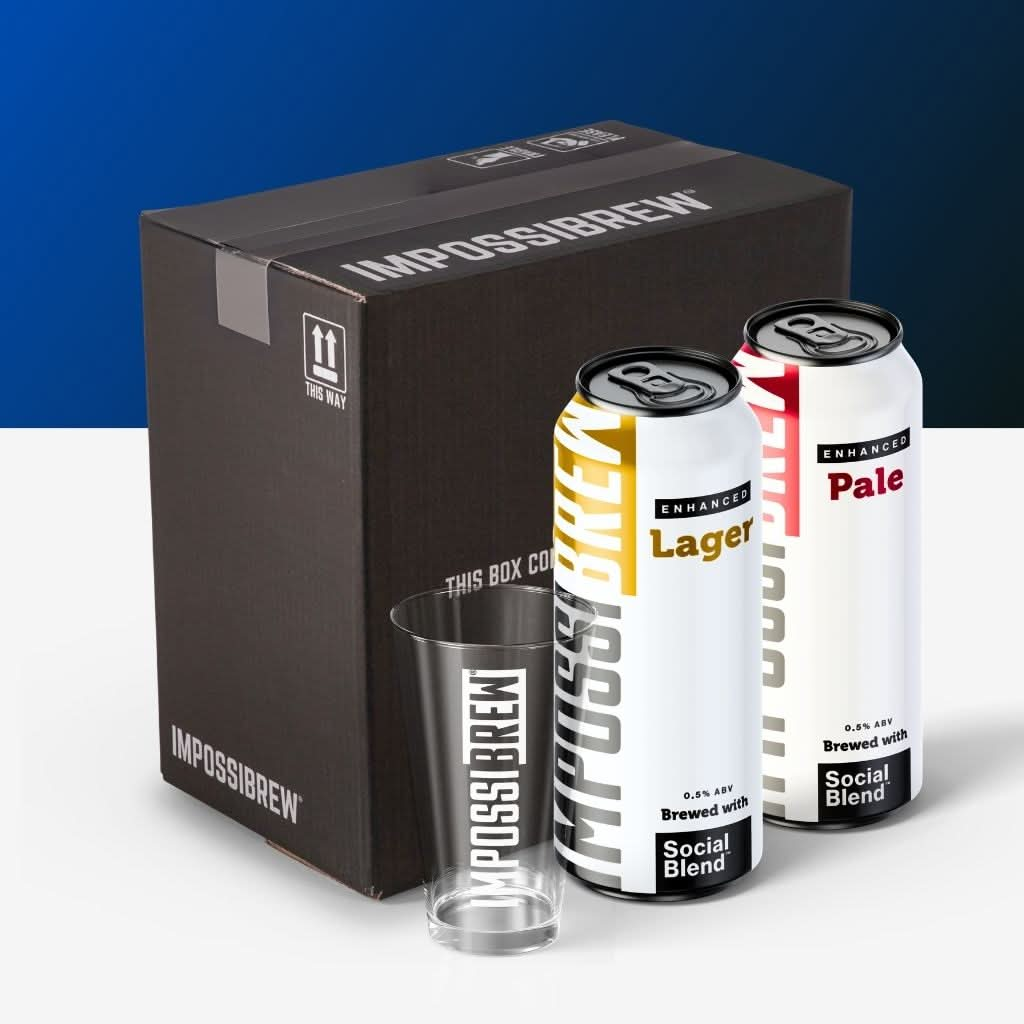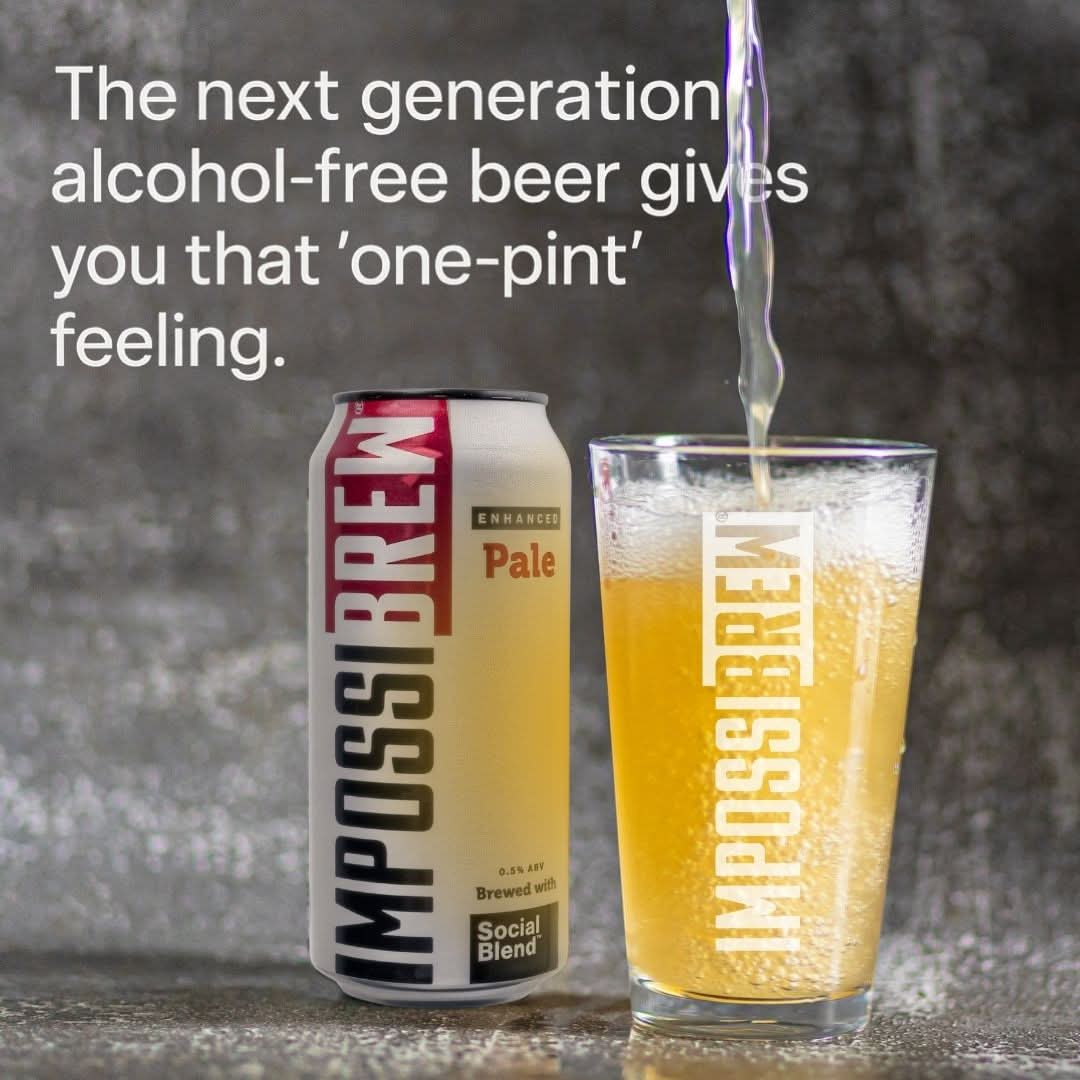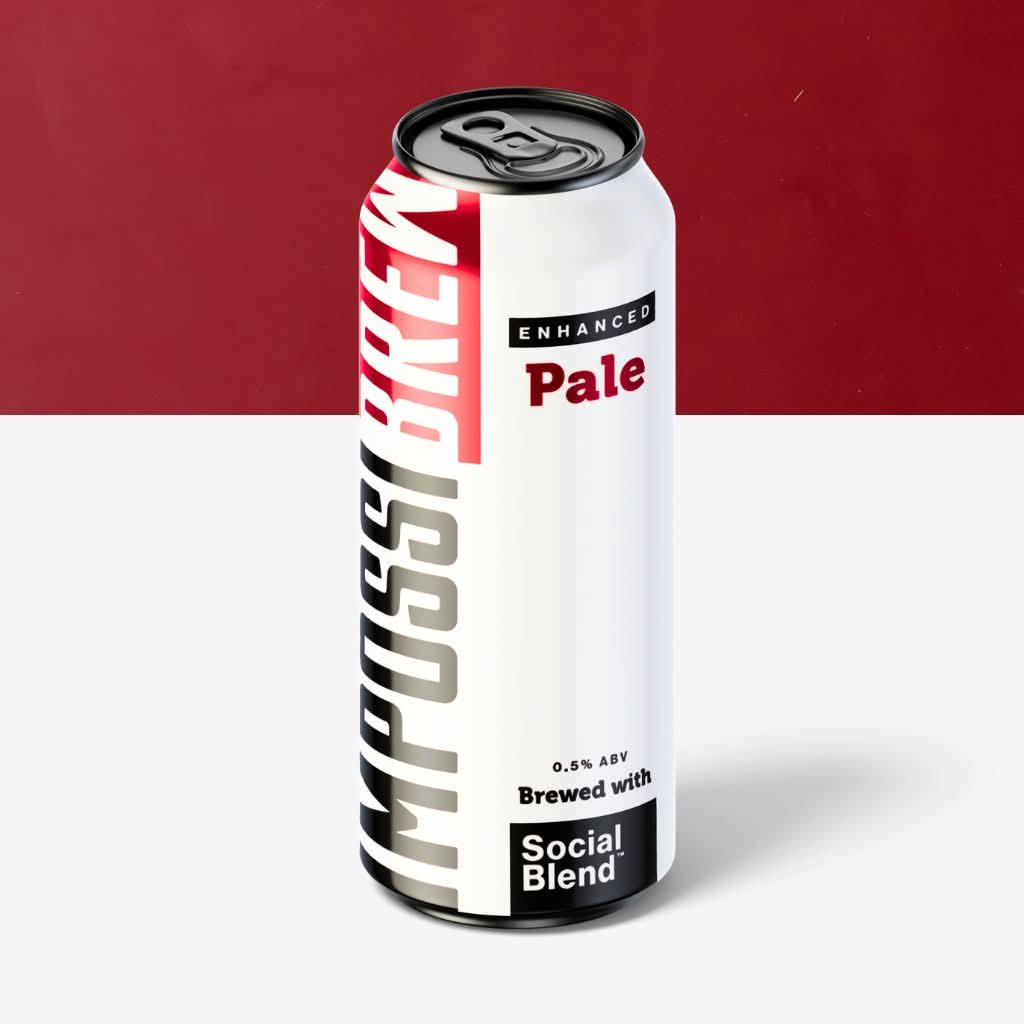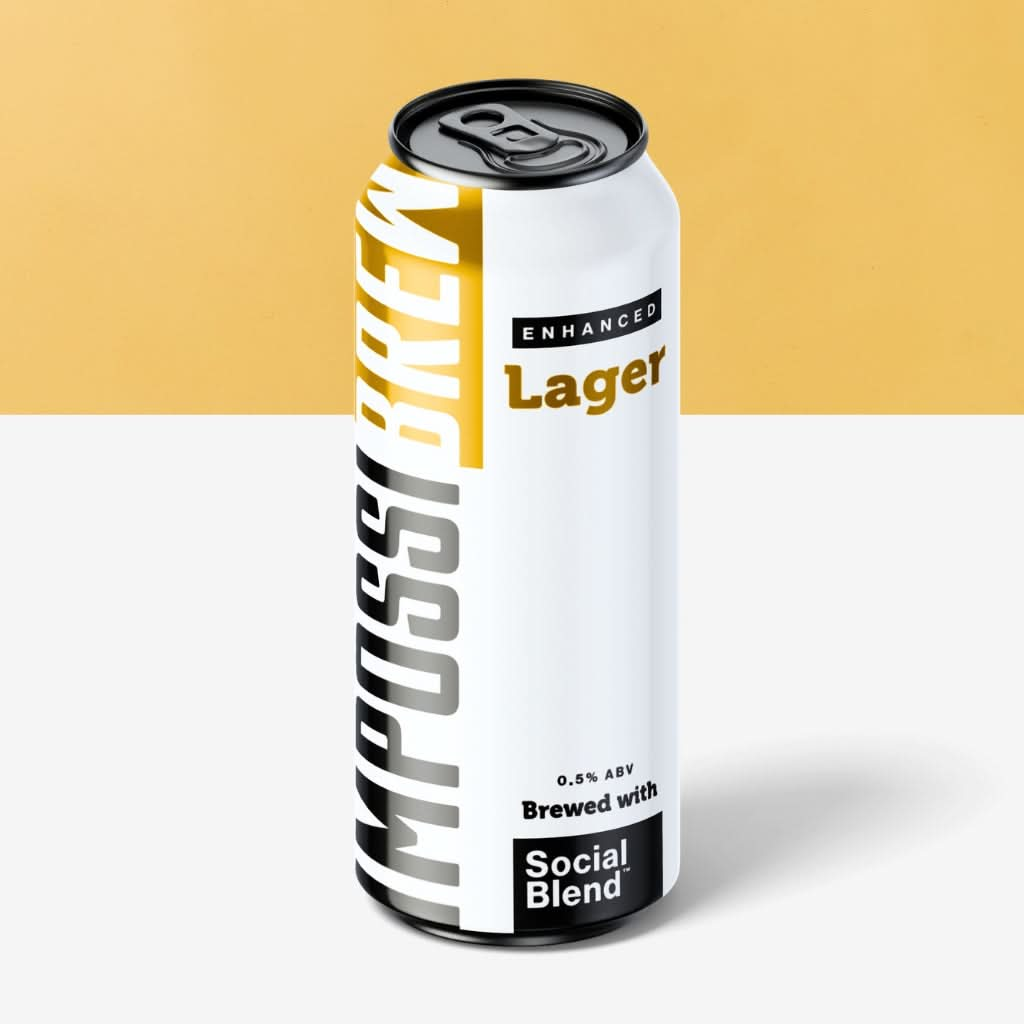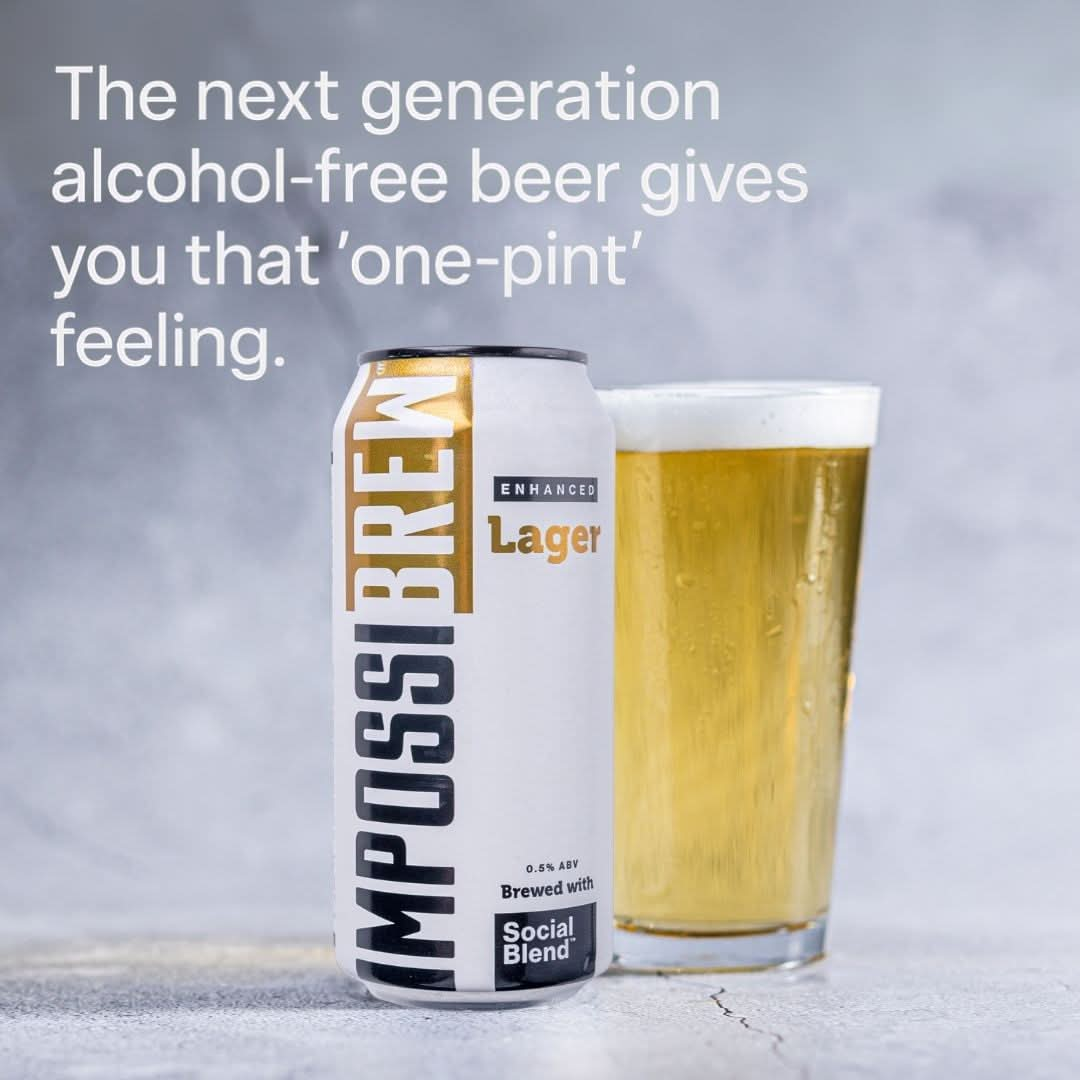Social drinking has evolved significantly over thousands of years, from ancient rituals involving alcoholic beverages to today's growing preference for non-alcoholic options. Here's a quick overview of key points:
- Alcohol's Historical Role: Archaeological evidence shows alcohol was brewed as early as 11,000 BC, serving religious, social, and cultural purposes across civilizations.
- Peak Consumption: In early America, alcohol consumption reached highs of 7 gallons per person annually by 1830, deeply embedded in daily life and community activities.
- Prohibition Era: The 18th Amendment (1920-1933) drastically reduced legal alcohol consumption but led to underground speakeasies and unsafe bootlegging practices.
- Modern Trends: Non-alcoholic beverages are on the rise, with a 29% growth in sales in 2023 and younger generations like Gen Z and Millennials driving the shift toward alcohol-free lifestyles.
- Future Outlook: The no-alcohol market is projected to grow at 7% annually through 2027, with innovative products and dedicated alcohol-free venues shaping the future of social drinking.
The shift reflects changing attitudes toward health, wellness, and moderation, with many consumers balancing traditional alcoholic drinks with non-alcoholic alternatives.
A History of Alcohol
Early History of Social Drinking
First Alcoholic Drinks
Social drinking has roots that stretch back thousands of years. Archaeological finds from Raqefet Cave near Haifa, Israel, suggest humans were brewing beer as early as 11,000 BC. These early beverages were more like a thick, fermented gruel than the beer we know today.
In Jiahu, China, around 7000 BC, people crafted a more complex drink made from rice, honey, and fruits like hawthorn or grapes.
"This discovery indicates that alcohol production served ritual and spiritual purposes before agriculture".
Meanwhile, in Georgia, grape wine production began around 5980 BC, showcasing some of the earliest examples of specialized winemaking. These developments allowed alcohol to become a key part of rituals and social gatherings across different cultures and classes.
Religious and Social Uses
"Think of these beverages as liquid time capsules."
Alcohol played a significant role in ancient rituals and ceremonies, as highlighted by several findings:
| Location & Date | Beverage | Cultural Role |
|---|---|---|
| Jiahu, China (7000 BC) | Rice, honey, and fruit mixture | Used in funeral ceremonies to connect with spirits. |
| Turkey (750–700 BC) | Blend of barley beer, grape wine, and honey mead | Provision for royal tombs and afterlife journeys. |
| Honduras (1400 BC) | Cacao-based "chocolate wine" | Drank for courage and during cultural celebrations. |
In Qiaotou, China, evidence from 9000 years ago shows that a beer made from rice, Job’s tears, and tubers was central to burial ceremonies.
Alcohol wasn’t just about intoxication. It became deeply embedded in the social and spiritual fabric of these early societies, serving as a tool for connection, celebration, and honoring the divine.
Peak of Alcohol Consumption
Brewing Methods Advance
The late 18th century brought major changes to brewing, thanks to advancements like refrigeration, pasteurization, stainless steel equipment, and high-gravity brewing. Improved hop cultivation also played a role in making production more efficient. For example, one major brewing company managed to cut its facilities in half between 1984 and 1995 while still maintaining the same production levels.
"Although the methods of brewing beer, as well as its popularity, have remained largely unchanged for a century, recent years have seen an increase in malting and brewing productivity."
– Graham Stewart, Director and Professor of the International Centre for Brewing and Distilling, Heriot-Watt University
These advancements didn’t just change production - they also helped position taverns as key social spaces.
Public Houses and Social Life
In the 18th century, taverns weren’t just places to grab a drink - they were the heart of the community. People gathered there for news, political discussions, social events, and even business deals. They also served as safe stops for travelers. Taverns like Boston's Green Dragon became hubs for political organizing and dissent. This central role in community life helped shape the strong drinking culture that became a defining feature of early America.
Drinking in Early America
Alcohol wasn’t just a beverage in early America - it was part of everyday life. By 1830, the average American over the age of 15 consumed nearly 7 gallons of pure alcohol annually, which is about three times more than today. Drinking was woven into both social customs and the economy. European traditions framed alcohol as both energizing and restorative, reinforcing its importance.
Colonial life revolved around alcohol. Morning wines, midday cider, and booming markets for products like Kentucky whiskey were the norm. For instance, Kentucky whiskey production grew from a single batch in 1789 to 2 million gallons by 1810. These habits and markets underline how deeply alcohol influenced public and private life.
sbb-itb-a752bf8
Anti-Alcohol Movement Effects
Rise of Anti-Alcohol Groups
The widespread use of alcohol during the early 19th century sparked a strong reform movement. The American Temperance Society, founded in 1826, quickly gained momentum. Within just 12 years, it expanded to include 8,000 local chapters and over 1.25 million members, driven largely by the religious enthusiasm of the Second Great Awakening. John Wesley captured this connection between faith and temperance, stating:
"that buying, selling, and drinking of liquor, unless absolutely necessary, were evils to be avoided".
Between 1830 and 1845, alcohol consumption dropped by a staggering 75%. By the turn of the century, one in ten Americans had pledged to abstain from alcohol. Women played a key role in these efforts, with Susan B. Anthony famously asserting:
"the only hope of the Anti-Saloon League's success lies in putting the ballot into the hands of women".
These reform movements laid the groundwork for major legislative changes to come.
Prohibition's Results
Prohibition marked a pivotal chapter in America's evolving relationship with alcohol. Temperance advocates, particularly the Anti-Saloon League, successfully pushed for the Eighteenth Amendment in 1920. Initially, alcohol consumption fell to one-third of pre-Prohibition levels but climbed back to two-thirds by 1921. The federal government faced significant financial losses, including $11 billion in missed tax revenue and over $300 million in enforcement costs. States also suffered - New York, for example, lost nearly 75% of its liquor tax income.
"A rich family could have a cellar-full of liquor and get by, it seemed, but if a poor family had one bottle of home-brew, there would be trouble." – Lizabeth Cohen
During this time, illegal speakeasies thrived, but the quality of alcohol plummeted. This led to tragic consequences, with 1,000 people dying annually from tainted liquor. The brewing industry also took a major hit, shrinking from 1,300 brewers to fewer than 100.
"What America needs now is a drink"
President Roosevelt's famous remark accompanied the repeal of Prohibition in 1933. This repeal not only reshaped America's drinking culture but also sparked interest in non-alcoholic alternatives, setting the stage for new trends in the years to come.
Social Drinking After Prohibition
Return of Legal Drinking
When Prohibition ended on December 5, 1933, American drinking culture experienced a major shift. Before Prohibition, alcohol consumption was roughly three times higher than it is today. While drinking levels remained lower than pre-Prohibition figures at first, the quality and safety of alcoholic beverages improved significantly. Legal production replaced the risky, unregulated world of bootlegging.
Public drinking establishments replaced the estimated 100,000 speakeasies in New York, offering safer, regulated spaces. These venues also opened doors for women, who gained greater access to the drinking scene.
"In all aspects of the liquor business, women moved into spaces that had once been reserved exclusively for men." – Mary Murphy, Historian
Mixed Drinks and Beer Changes
The cocktail culture born during Prohibition didn't fade - it thrived. Bartenders who had relied on mixing drinks to mask the harsh taste of bootleg spirits began crafting more polished and appealing beverages. At the same time, there was a noticeable trend away from high-proof spirits toward milder options like beer.
| Period | Consumer Preferences | Industry Focus |
|---|---|---|
| Pre-Prohibition | High alcohol intake | Mass production |
| During Prohibition | Bootlegged spirits | Underground trade |
| Post-Prohibition | Lower-alcohol options | Quality improvement |
These changes at home set the stage for broader influences on drinking habits from around the world.
International Drinking Customs
As drinking became more socially acceptable, Americans started shifting from public venues to private gatherings. This change mirrored evolving societal attitudes toward alcohol. By the 1960s and 1970s, alcohol consumption had climbed back to early 1900s levels, enriched by a wider variety of styles and cultural influences.
Non-Alcoholic Drinks Today
Health Movement Impact
Between 2001 and 2023, the average number of drinks consumed by young adults dropped from 5.2 to 3.6. This shift is driven by 34% of young adults prioritizing physical health over mental health, creating a growing demand for non-alcoholic beverages. In fact, one in four shoppers in this category choose these products for health reasons, with Millennials making up 45% of the no-alcohol consumer base.
"An increasing consumer focus on moderation, health and wellness is having a positive impact on all no‐alcohol sub-categories, with growth rates higher than their full-strength equivalents." – Susie Goldspink, Head of No- and Low-Alcohol Insights, IWSR
This focus on wellness has also sparked the rise of the sober curious movement.
Alcohol-Free Living Trend
The growing interest in health has led to lifestyle changes. Nearly half of consumers are open to adopting an alcohol-free lifestyle. Interestingly, 64% of the growth in non-alcoholic beverages in 2023 came from people buying these drinks alongside traditional alcoholic ones.
| Updated Consumer Choices by Generation | Purchasing Behavior |
|---|---|
| Millennials | 36% buy non-alcoholic alternatives |
| Gen Z | 35% choose alcohol-free options |
| Gen X and older | 16% opt for non-alcoholic drinks |
"Legal aged Gen Zs are more likely to fall into the Substituters group than Abstainers. This means that increasingly, the new younger LDA recruits to no/low are not 'all or nothing' – they switch between alcohol and other products, rather than avoiding alcohol altogether." – Susie Goldspink, Head of No- and Low-Alcohol Insights, IWSR
New Alcohol-Free Options
As these lifestyle preferences evolve, the non-alcoholic beverage market has seen a 10% growth in 2024. Techniques like reverse distillation and molecular gastronomy are being used to replicate the complex flavors of alcoholic drinks.
"My mind wants that experience and wants that ritual, but my body is like, 'I don't really need the alcohol for that.'" – Cory Atkinson, co-owner of The Zero Co and the alcoholic bottle store Elemental Spirits Co
IMPOSSIBREW® and Similar Products

Modern non-alcoholic options aim to provide a full sensory experience. IMPOSSIBREW®'s Social Blend™ is a standout example, with 71% of users reporting greater relaxation. Their Enhanced Lager and Hazy Pale are low-calorie, vegan-friendly options that have helped 88% of customers reduce their alcohol intake.
Conclusion: Modern Social Drinking
Main Points
Social drinking habits are shifting in the United States, with no-alcohol beverage sales increasing by 29% in 2023 compared to the previous year. This marks a noticeable change in how people approach social occasions.
Millennials are leading this movement, making up 45% of no-alcohol consumers, while Gen Z's share has grown to 17%. Interestingly, 82% of non-alcoholic drink buyers also purchase traditional alcoholic beverages, showing that many are striking a balance rather than giving up alcohol entirely.
"At some point, peer pressure to have a drink after work could be flipped on its head. There may be a tipping point where the people who do choose alcohol are in the minority" - Elfrun von Koeller, BCG managing director and partner
These trends point to a changing landscape for social drinking.
Future Trends
Looking ahead, the social drinking scene is set for further changes. The non-alcoholic beverage market is expected to grow at a 7% CAGR, eventually reaching nearly 4% of the total alcohol market.
This growth is driven by more sophisticated options that go beyond simple alcohol substitutes. For example, brands like IMPOSSIBREW® are creating beverages that combine functional ingredients with advanced brewing methods. Dedicated alcohol-free venues are also emerging, such as Good News Bar in San Diego, set to open in March 2025 in the Hillcrest area.
The future of social drinking seems to be heading toward a more inclusive and health-conscious approach, where choosing between alcoholic and non-alcoholic options becomes a matter of personal preference - free from judgment. This shift blends the enjoyment of traditional social rituals with a focus on modern well-being.

